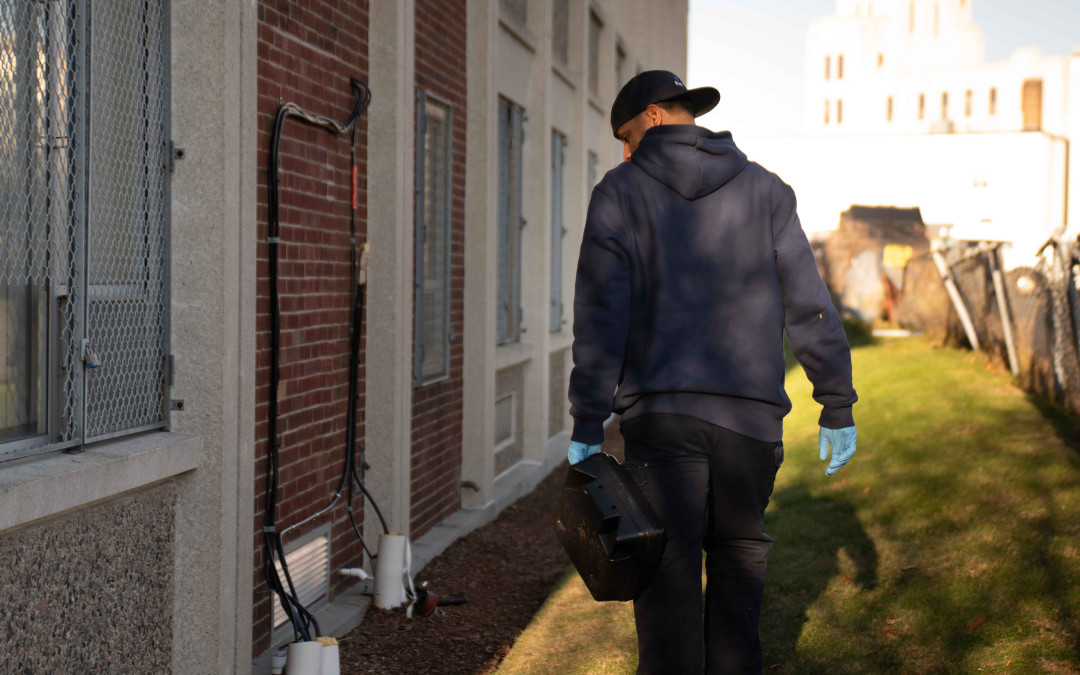Mutated spiders and insects were depicted often in old B movies shortly after World War II ended. The war ended with the destruction of two nuclear warheads in Japan, and ever since then, the topic of creepy-crawlies mutating into monsters as a result of nuclear radiation has been a recurring plotline in numerous movies. However, the destruction of numerous nuclear bombs, the controversial practice of nuclear waste disposal, and industrial accidents involving widespread radiation leaks into the environment has allowed scientists to observe the effects that nuclear radiation has on arthropod populations. Researchers have not yet confirmed the existence of insects or spiders that have mutated into enormous city-destroying giants, but anecdotal reports tell of a massive mutated spider in Chernobyl. While these reports are likely the products of overactive imaginations, one thing is for sure, insects and spiders have, in fact, mutated as a result of radiation exposure from nuclear fallout.
In 2011, a biologist, Timothy Mousseau, was wandering around the ghosttown of Pripyat in Ukraine where, 25 years earlier, all the town’s inhabitants were evacuated in response to an explosion at the Chernobyl nuclear plant that caused massive amounts of radiation to leak into the atmosphere. Mousseau had been hoping to find animals that mutated as a result radiation exposure. Eventually, Mousseau found a firebug with a missing eyespot due to a radiation induced mutation. Mousseau later found many more insect specimens that had varying spot patterns as a result of radiation induced mutations. The degree to which these patterns were altered in specimens increased in accordance with the level of radiation that they had been exposed to. Mousseau also found numerous odd looking spider webs that he thinks may have been created by spiders with mutated web-spinning genes.
A scientific artist working in Switzerland, Cornelia Hesse-Honegger, traveled to several different nuclear accident sites around the world in order to create detailed water color representations of the strange looking insects that she encountered. Cornelia then showed these detailed works to Mousseau who then went on to diagnose new mutations in insects based on Cornelia’s depictions. For example, her illustration of a squash bug showed one of its two feelers as being shorter than the other and this feeler was also missing a section. In addition to Chernobyl, Cornelia has visited the Three Mile Island nuclear disaster site near Harrisburg, Pennsylvania. But she has not yet studied the insect life at the site of the Fukushima nuclear disaster in Japan where a mutated butterfly was recently spotted. Although enormous radioactive bugs would make for a cool movie or comic book, in real life it seems that exposure to radioactivity only results in trivial mutations in bugs if it does not outright kill entire insect and spider populations. However, Mousseau himself admits that the effect that radioactivitivity has on arthropods is understudied and not well understood.
Do you believe that insects exist that have undergone significant mutations due to radioactive exposure?

